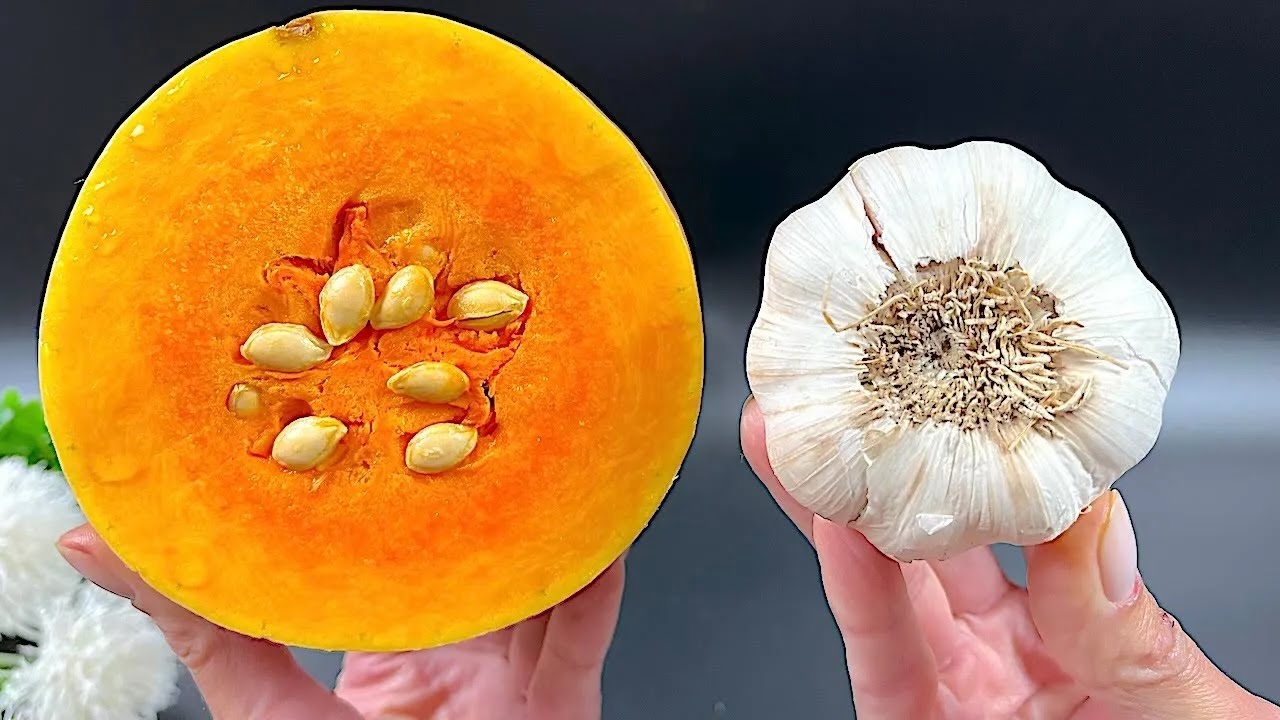
Are you tired of constantly buying ginger from the store? Why not try growing your own? Ginger, with its delicious flavor and numerous health benefits, is the perfect ingredient to grow at home. Whether you have a spacious garden or limited space on your balcony, planting ginger is a rewarding and sustainable endeavor. With a few secrets and tips, you can enjoy a continuous supply of fresh ginger right at your fingertips.
Start with a fresh ginger rhizome from a reputable source. Look for plump and firm rhizomes with visible “eyes” or growth buds. Organic ginger is best as it is free from chemicals that can hinder growth.
Before planting, soak the ginger rhizome in water overnight. This helps hydrate and activate the rhizome, kickstarting the growth process.
If you’re growing ginger in a pot, choose one that is at least 12 inches deep to accommodate the rhizome’s growth. Make sure it has drainage holes to prevent waterlogging. For garden planting, find a spot with well-draining soil and partial shade.
Ginger thrives in loose, well-draining soil that is rich in organic matter. Mix in compost or aged manure to improve fertility and drainage.
Place the ginger rhizome in the soil with the eyes facing up. Bury it about an inch or two deep, making sure there is enough space for each piece to grow. If using a pot, you can plant multiple rhizomes, leaving a few inches between each one.
Keep the soil consistently moist, but be careful not to overwater. Ginger loves humidity, so regular watering is crucial. Just remember not to drown the plant!
While ginger enjoys warm temperatures, direct sunlight can be too harsh for its delicate leaves. Provide partial shade by placing the pot or planting in an area that receives filtered sunlight or shade for a few hours each day.
Ginger thrives in tropical and subtropical climates. If you live in a region with colder winters, growing ginger in a pot allows you to move it indoors during the colder months. Aim for a temperature between 75-85°F (24-29°C) for optimal growth.
Feed your ginger plants with a balanced organic fertilizer every 4-6 weeks during the growing season. This provides the necessary nutrients for healthy foliage and rhizome development.
Apply a layer of organic mulch around the ginger plants to retain moisture, suppress weeds, and maintain a stable soil temperature. Straw, wood chips, or compost make excellent mulch options.
Growing ginger takes time, so be patient and allow it to grow at its own pace. It usually takes a few weeks for shoots to emerge from the soil. Ginger plants can take 8-10 months to reach maturity, but you can harvest young ginger earlier if desired.
Once the ginger plants have matured, it’s time to start harvesting. Gently dig around the plant to unearth the rhizomes. Take what you need and leave some in the soil to continue growing. Remember to replant for a continuous supply.
To store harvested ginger, wash and dry the rhizomes thoroughly. You can store them in a cool, dry place or refrigerate them in a paper towel inside a plastic bag. This helps keep them fresh for several weeks.
As your ginger plants grow, they will develop more rhizomes. You can separate these rhizomes and replant them to expand your ginger garden or share with fellow gardening enthusiasts.
Ginger is a versatile ingredient in the kitchen. Use it in teas, stir-fries, curries, desserts, and more. Explore different recipes and savor the unique flavor of your homegrown ginger.
Growing ginger at home is a rewarding experience that allows you to enjoy the freshness and flavor of this medicinal root. By following these secrets and tips, you can successfully cultivate ginger in a pot or your garden. Embrace the joy of homegrown produce and add the vibrant taste of ginger to your culinary creations.




